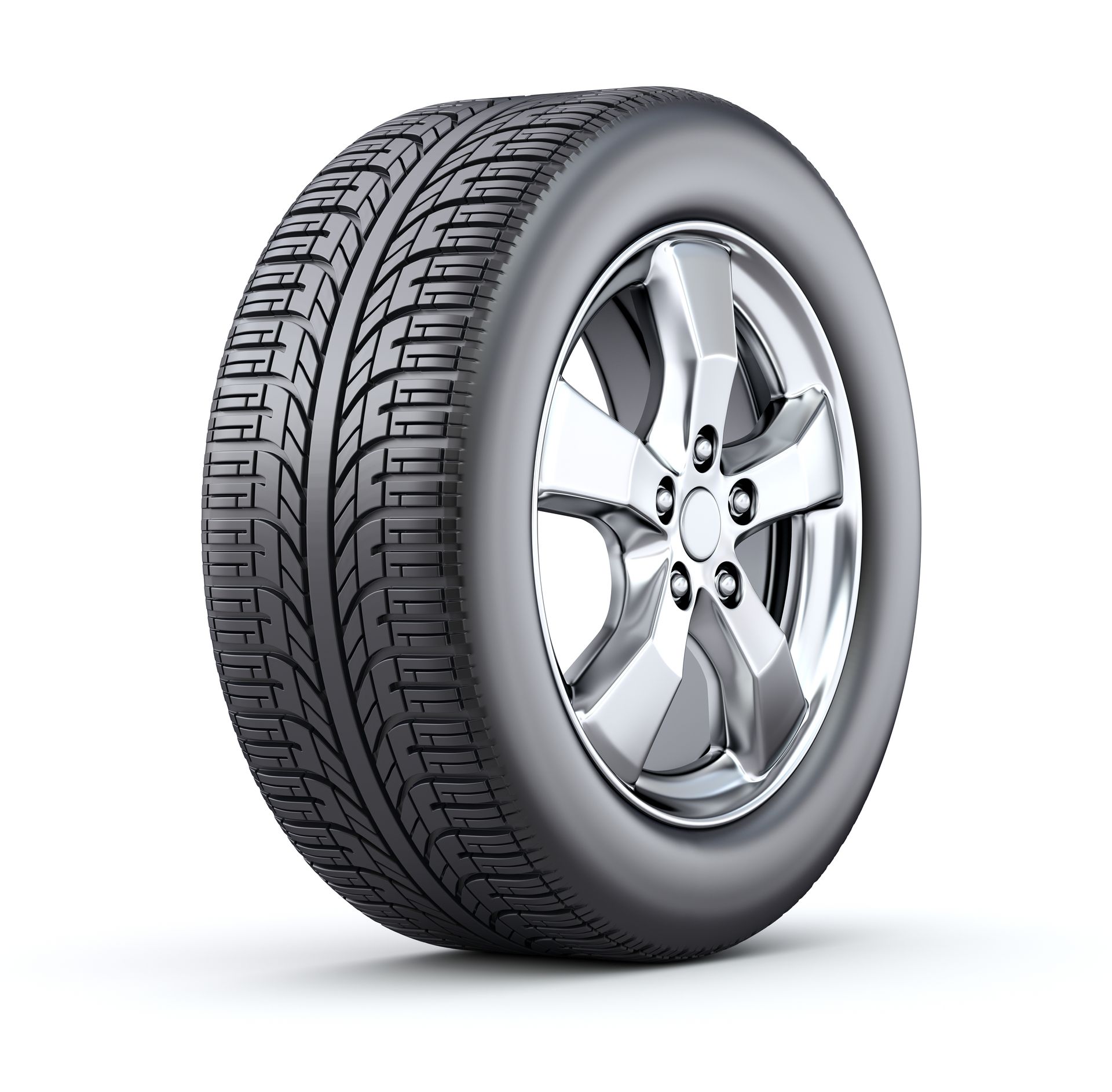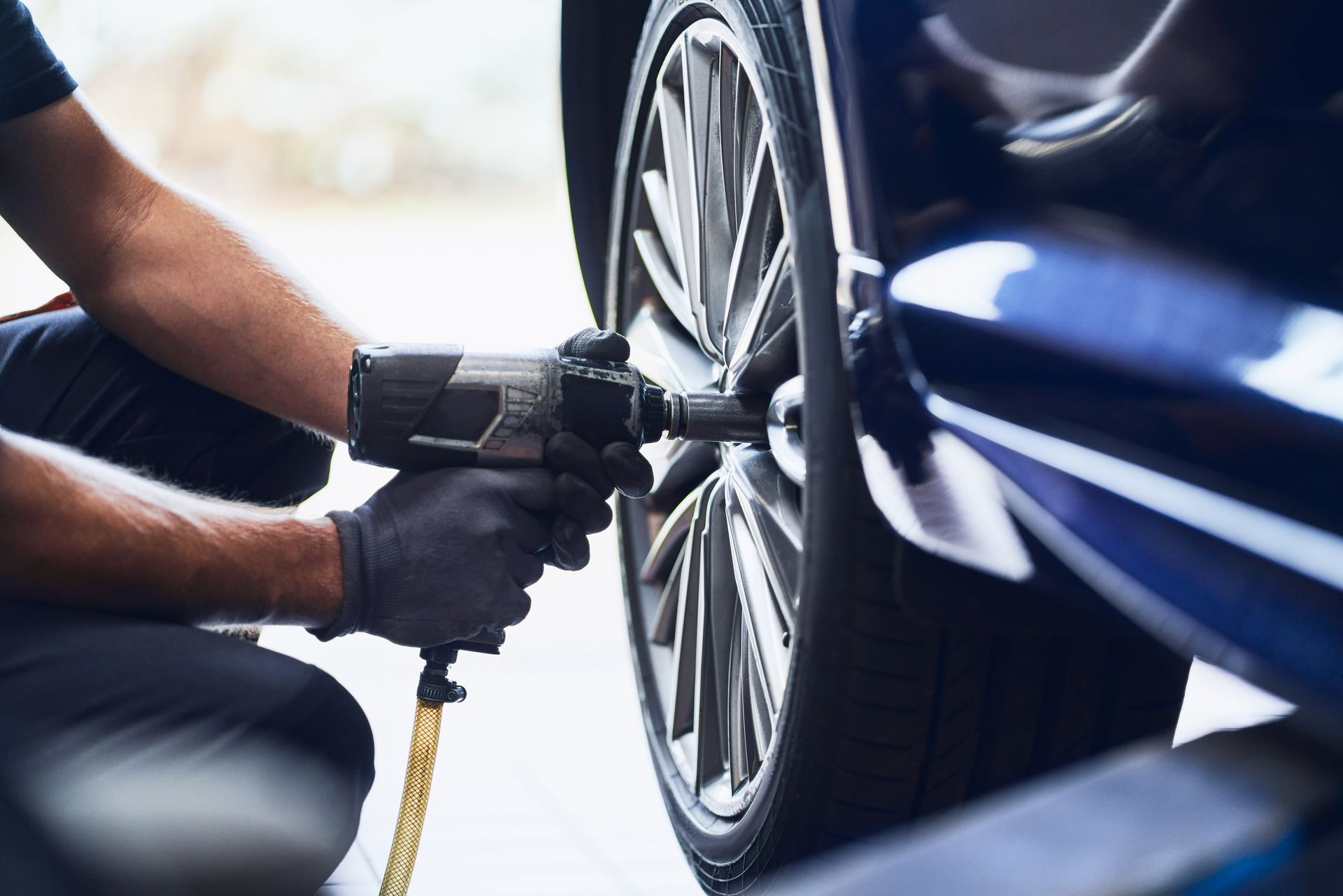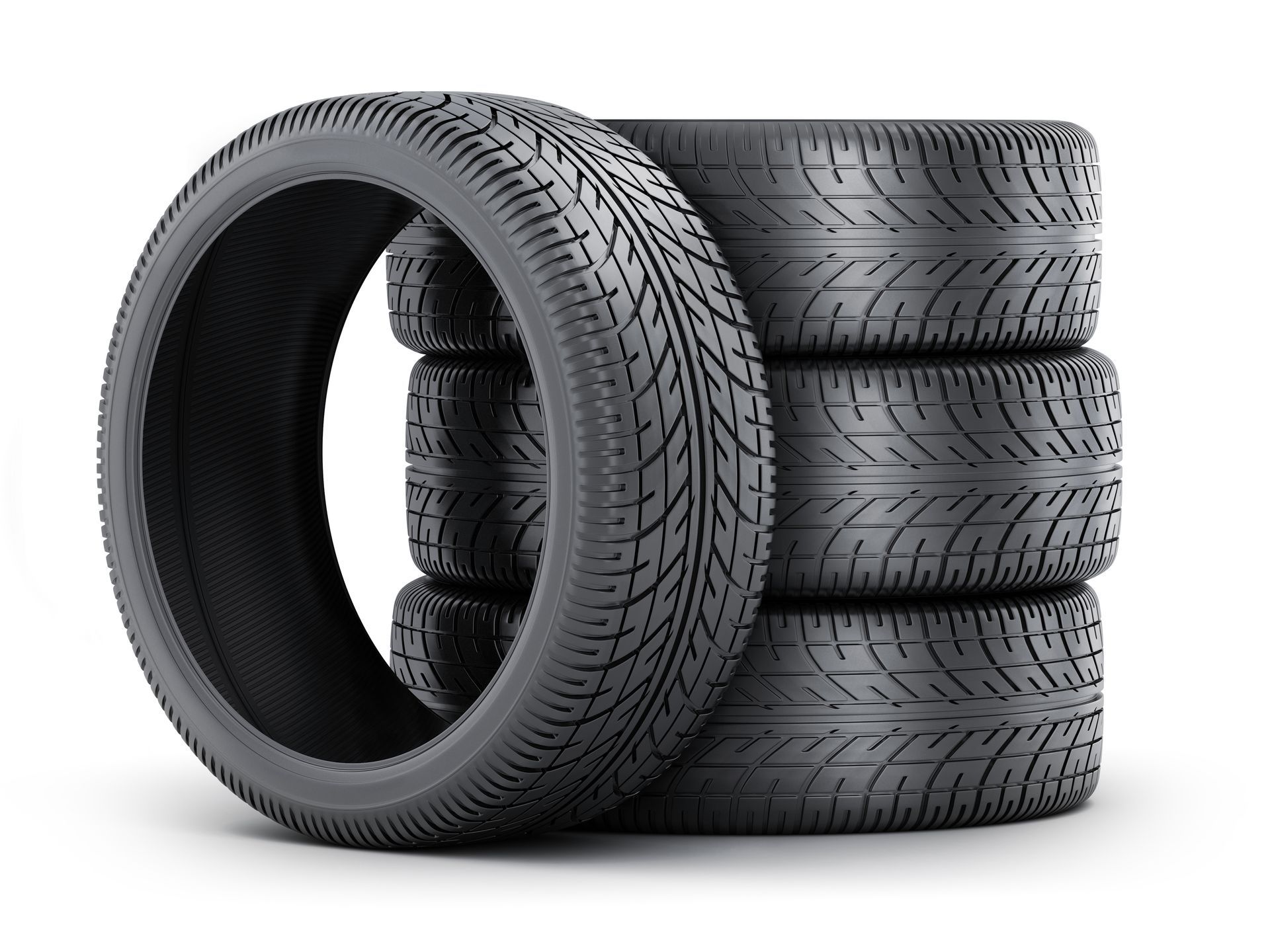Tire Repair

Why Does My Tire Keep Losing Air?
Tires naturally lose a little bit of air every day because the pressure inside the tire is greater than the pressure outside the tire. Air inside the tire will permeate through the tire until the pressure inside the tire reaches equilibrium with the pressure outside. This is normal. But occasionally, something goes wrong that causes a tire to deflate faster than normal. Typically, such leaks can be caused by one of four problems,
- A puncture in the tire
- A leaking valve
- A leak around the bead of the tire and wheel
- A cracked wheel
Checking your tire pressure at least once a month is recommended. Tires that are losing air quickly should be repaired ASAP so that the tire is not permanently damaged by being driven on while flat. So, if you want to know how to fix a flat tire, read on…
For this reason, Suburban Tire offers free air pressure checks. Just stop by any time and we’ll top off your tires.
Leaking Valve Stems
Although the basic Schrader valve hasn’t changed much since it was developed in the 1950s, most of today’s modern vehicles have a Tire Pressure Monitor Sensor attached to the valve stem. The valve stem and sensor are mounted in the valve hole of the wheel and should seal the hole securely so there is no air loss. Often however, the valve does not seal the whole perfectly. There may be corrosion around the stem or the whole, or the rubber grommet may be cracked, or the valve core or cap are leaking. These are all common issues that can be solved by rebuilding the sensor using a kit of the smaller components, or by simply replacing the entire TPMS sensor.


Bead Leaks
The interface between the tire and wheel assembly is referred to as the “Bead” area. If the tire and wheel do not seal perfectly, the result is a bead leak. Sometimes this is caused by imperfections in the tire or wheel, chrome flaking off the wheel, or from salt or corrosion build up on the wheel. Bead leaks are especially common during the winter, which is why we recommend overinflating your tires by a few pounds when the weather turns cold.
To fix this type of leak,
- We dismount the tire from the wheel
- We remove any corrosion or debris by buffing the lip of the wheel with a grinder
- We then paint the lip of the wheel with a goopy product called bead seal
- We remount and inflate the tire
- We submerge the tire and wheel assembly in our dunk tank to check for leaks
Bead leak repairs are not typically a permanent flat tire repair, and you may find that the leak starts happening again after a few months, especially if the chrome on your wheel is peeling.
Tire Punctures
Despite the best efforts of the tire manufacturers, tires are not bulletproof. Almost any sharp object can puncture a tire when you are cruising down the highway. And it is not just nails and screws, we have seen scissors, rocks, razor blades, wrenches, pocket-knives, and even the occasional spoon. Although most of the time the tire is destroyed, some punctures can be safely repaired. As the best source for local tire repair, Suburban Tire follows the Tire Industry Association (TIA) puncture repair standards, and in some cases, we follow a more stringent standard for your safety. TIA standards say a tire can be repaired if the puncture wound is less than ¼ of an inch and lies within the crown of the tire, and the rest of the tire is relatively new and in good shape. If the tires are past six years old, however, we will advise you to purchase new ones rather than attempt to fix them. See the graphic below for details about tire hole repair.
One other item to mention, if your tire is punctured and you want us to fix it, don’t use fix-a-flat or any of the emergency sealer products available on the market. These products destroy your TPMS sensor and cause the inner liner of the tire to get gummy, making it impossible to perform a proper tire repair.

